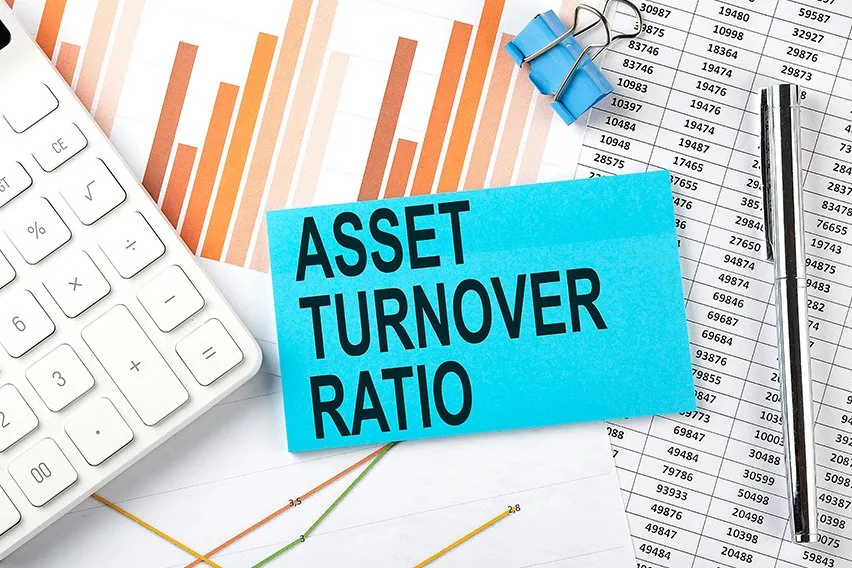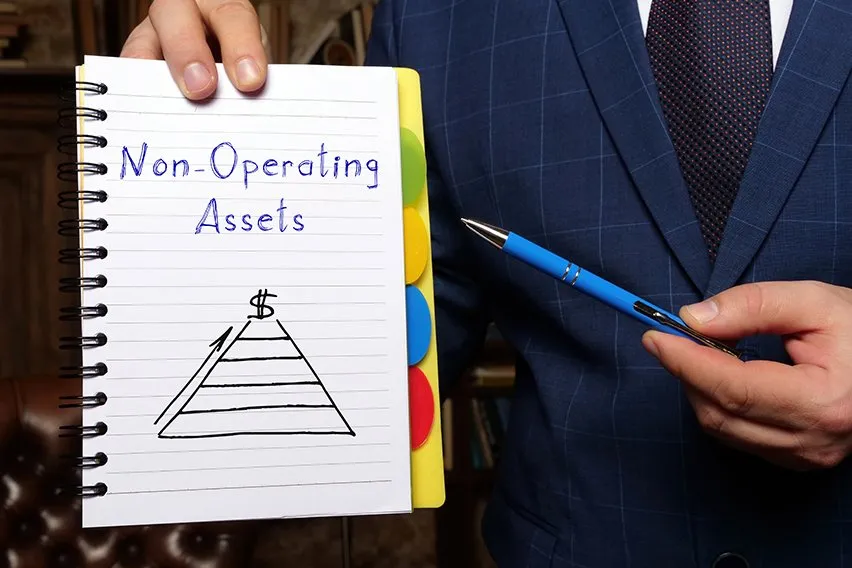What Are Noncash Expenses? Meaning and Types

Noncash expenses are those expenses that are recorded in the income statement but do not involve an actual cash transaction.
A common example of noncash expense is depreciation. When the amount of depreciation is debited in the income statement, the amount of net profit is lowered yet there is no cash flow.
What this article covers:
- What Are Noncash Items in Income Statement?
- What Are the Noncash Transactions?
- What Are Noncash Fees?

What Are Noncash Items in Income Statement?
In accounting, noncash items are financial items such as depreciation and amortization that are included in the business’ net income, but which do not affect the cash flow. While they may not impact the net cash flow of the business, these expenses impact the bottom-line of the income statement and result in lower reported earnings.
Businesses use the income statement to tell investors how much money they have made or lost in a given period. In the accrual method of accounting, businesses measure income by also including transactions that are not cash-based such as the wear and tear on equipment.
Example:
- On December 9, 2017, you buy a computer for your business and pay $2,500 in cash. The computer is estimated to have a useful life of five years. You create an annual depreciation expense of $500 for the next five years.
- In 2017, you record a depreciation expense of $500 on the income statement and an investment of $2,500 on the cash flow statement.
- The next year, you must record a depreciation expense of $500 on the income statement. There is no investment recorded on the cash flow statement.
- This continues till depreciation from this computer is nil.
The $500 depreciation in the example above is a noncash expense as there is no cash outlay but the expense is recognized. The capital cost of the asset is recorded only once in the cash flow statement. However, by spreading the asset cost across five years, the business reports actual earnings for these years accurately.
What Are the Noncash Transactions?
Some common noncash transactions include:
- Depreciation
- Amortization
- Unrealized gain
- Unrealized loss
- Impairment expenses
- Stock-based compensation
- Provision for discount expenses
- Deferred income taxes
- Asset write-downs
- Provisions for future losses

What Are Noncash Fees?
Noncash fee or a noncash charge is an expense against earnings that does not involve cash. Businesses incur noncash fees against noncash items in the balance sheet.
The noncash items are subtracted from the income statement to prepare the cash flow statement. For example, accounts receivable is money that a business owes and has not received. Nevertheless, it has value and is recorded in the income statement. While preparing the cash flow statement, however, the item is excluded.
While it is important for companies to record noncash expenses, it is important to note that most of these transactions involve estimates.
For example, products that require warranty repairs. To calculate this, the company sets aside an allowance which is a noncash item. A high estimate of the allowance can decrease your income and make it less attractive to investors while a low estimate can lead to problems down the road. This is why businesses need to be careful while accounting for non-cash items.
RELATED ARTICLES

 6 Types of Activity Ratios: Explained
6 Types of Activity Ratios: Explained Percentage of Completion Method Decoded
Percentage of Completion Method Decoded 9 Accounting Tips for Small Businesses
9 Accounting Tips for Small Businesses Restaurant Accounting: A Step by Step Guide
Restaurant Accounting: A Step by Step Guide What Is Non-Operating Income? 3 Things You Need to Know
What Is Non-Operating Income? 3 Things You Need to Know Liquidity in Small Business: What It Means and Why It Matters
Liquidity in Small Business: What It Means and Why It Matters